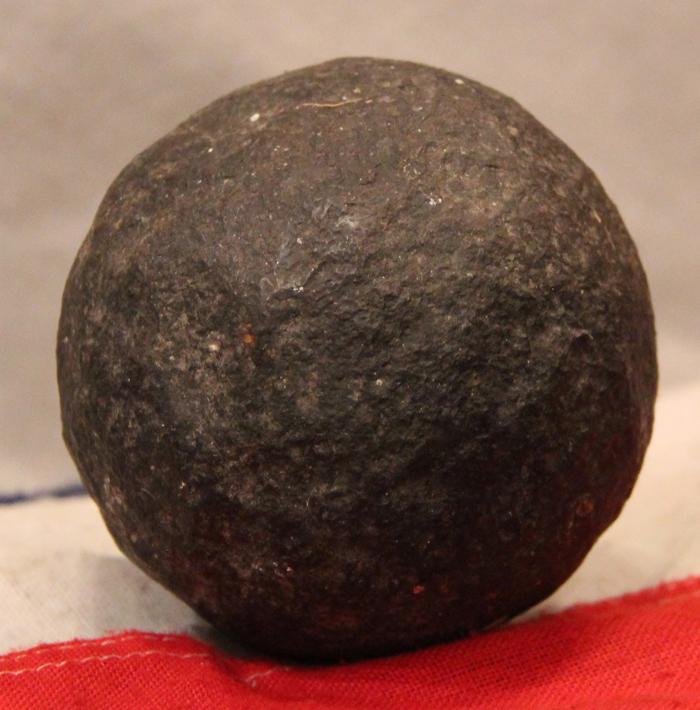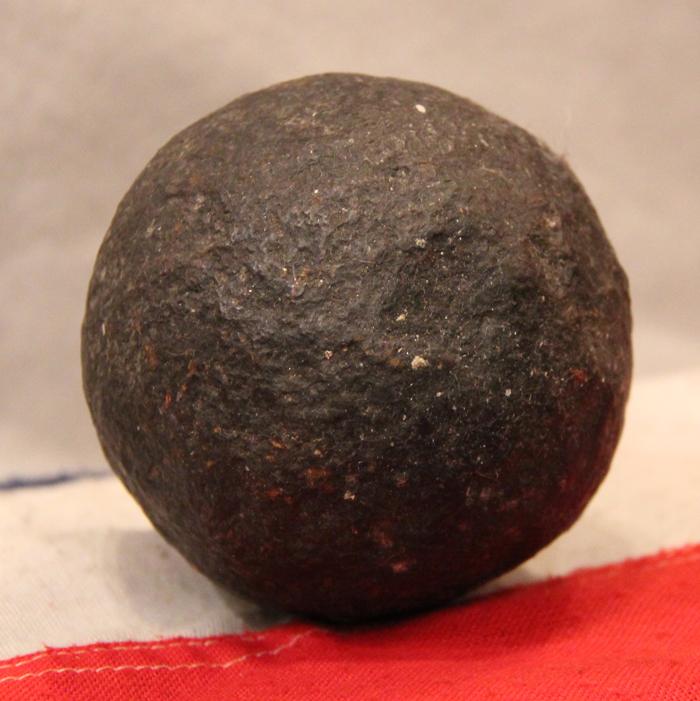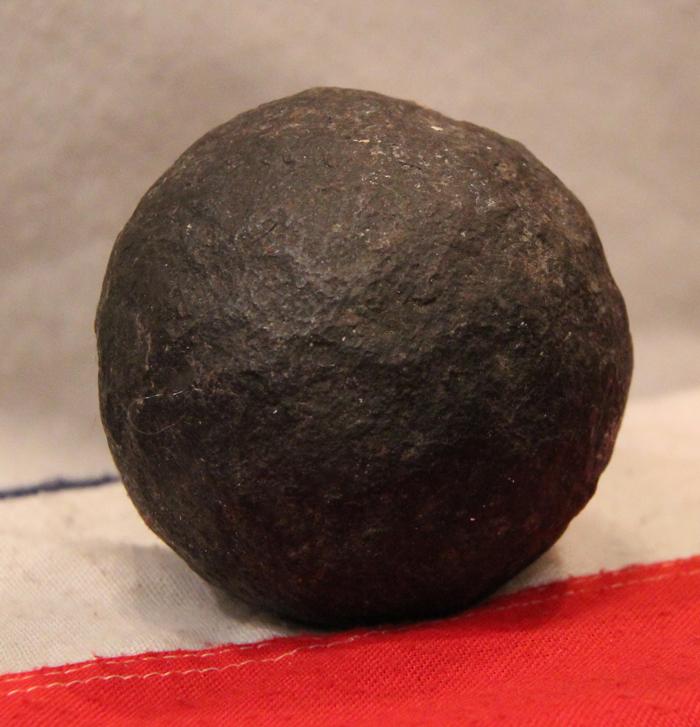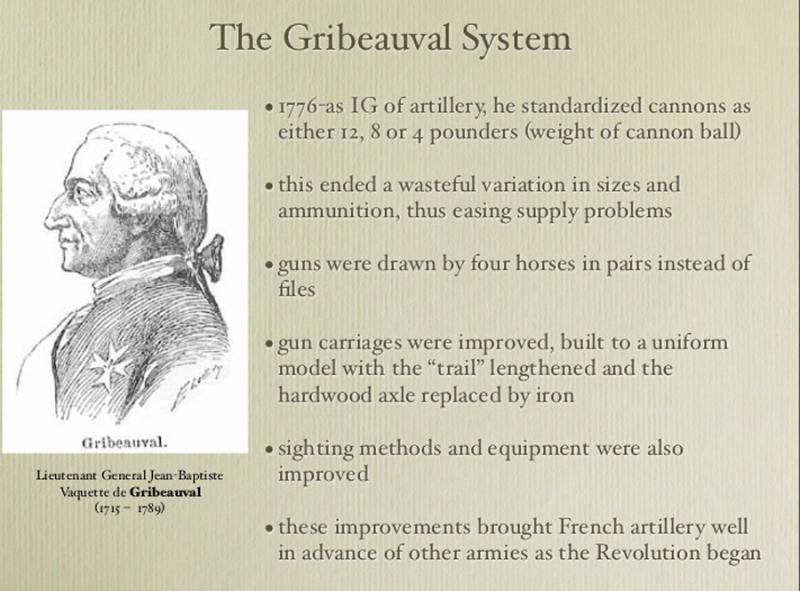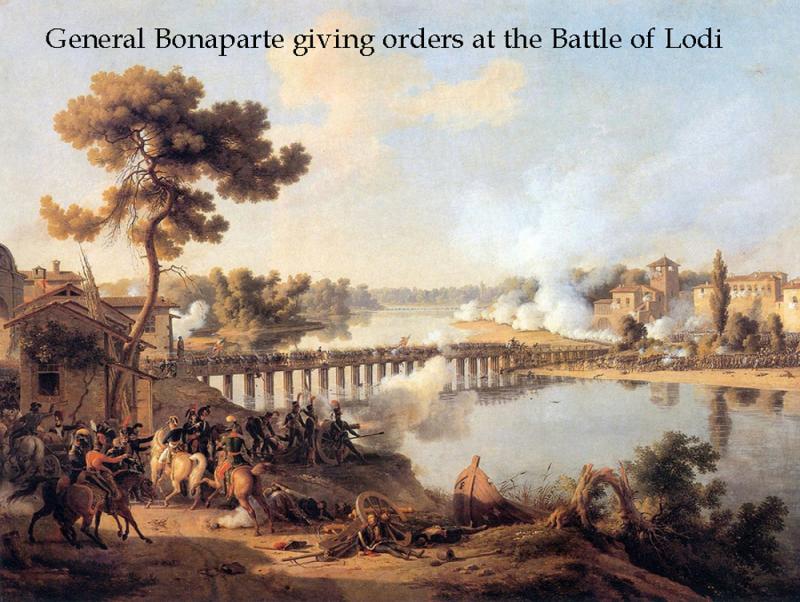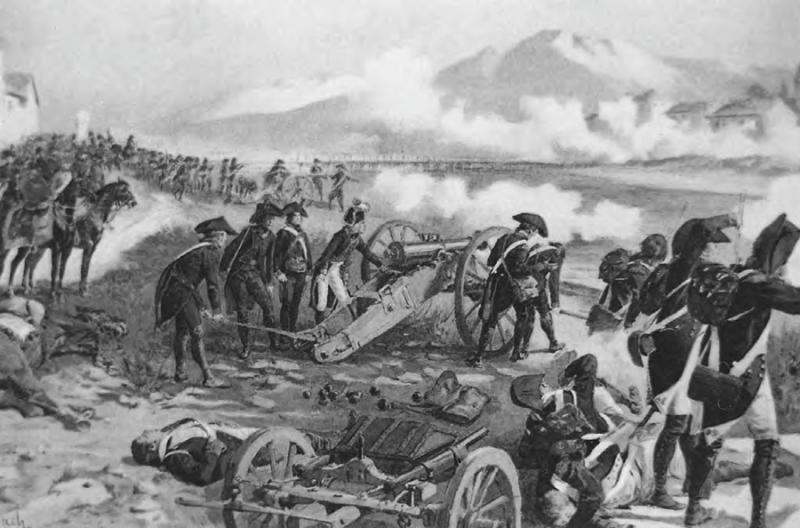An Original Napoleonic Wars 4 Pounder Solid Shot Gribeauval Cannon Ball Fired From Napoleon's Artillery Battery in 1796
This is a 4lb canon ball that was fired under the command of Napoleon Bonaparte as commander of the French army at the Battle of Lodi, and shows it has made an imposing strike impact. Possibly a building of Lodi. A painting in the gallery is of Bonaparte sighting his cannon in 1796 during the battle of Lodi, and another painting of Napoleon commanding the French offensive and his cannon. The Battle of Lodi was fought on 10 May 1796 between French forces under Napoleon Bonaparte and an Austrian rear guard led by Karl Philipp Sebottendorf at Lodi, Lombardy. The French advance guard was not strong enough to try to cross the bridge, so several hours passed while further French forces came up. During the afternoon, a violent cannonade began, as French guns arrived and were positioned to fire across the river. It has been suggested that Bonaparte was personally involved in directing some of the guns, and that his troops began to refer to him as le petit caporal (the little corporal) because of this. The Austrian rear guard was defeated, but the main body of Johann Peter Beaulieu's Austrian Army had time to retreat. The Battle of Lodi was not a decisive engagement since the Austrian army had successfully escaped. But it became a central element in the Napoleonic legend and, according to Napoleon himself, contributed to convincing him that he was superior to other generals and that his destiny would lead him to achieve great things. The Canon de 4 Gribeauval or 4-pounder was a French cannon and part of the artillery system developed by Jean Baptiste Vaquette de Gribeauval. In the Gribeauval era, the 4-pounder was the lightest weight cannon of the French field artillery; the others were the medium Canon de 8 Gribeauval and the heavy Canon de 12 Gribeauval. The Gribeauval system was introduced in 1765 and the guns were first employed during the American Revolutionary War. The most large-scale use of Gribeauval guns occurred during the French Revolutionary Wars and the Napoleonic Wars. At first a pair of 4-pounders were assigned to each infantry battalion and were often called battalion pieces. Later, Emperor Napoleon took the guns away from the infantry units and began to replace the 4-pounder with the 6-pounder, using captured guns as well as newly cast French cannons. However, as the French infantry declined in quality after 1809, the 4-pounders were reintroduced in order to provide direct support for formations of foot soldiers. All Gribeauval cannons were capable of firing canister shot at close-range and round shot at long-range targets. From a small collection of original recovered battle site Napoleonic canon balls, the French cannon balls of which this is one were actually fired by cannon under Napoleon's command.
Code: 24048

